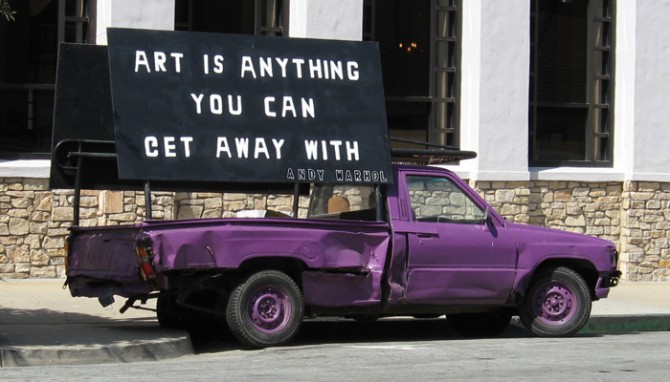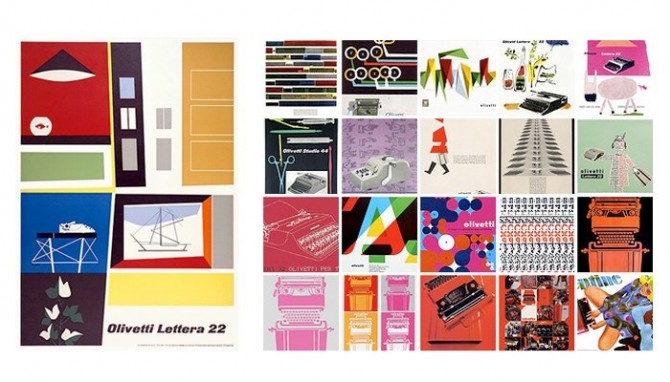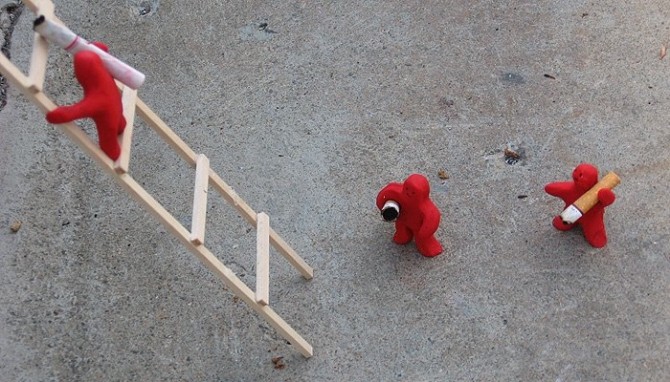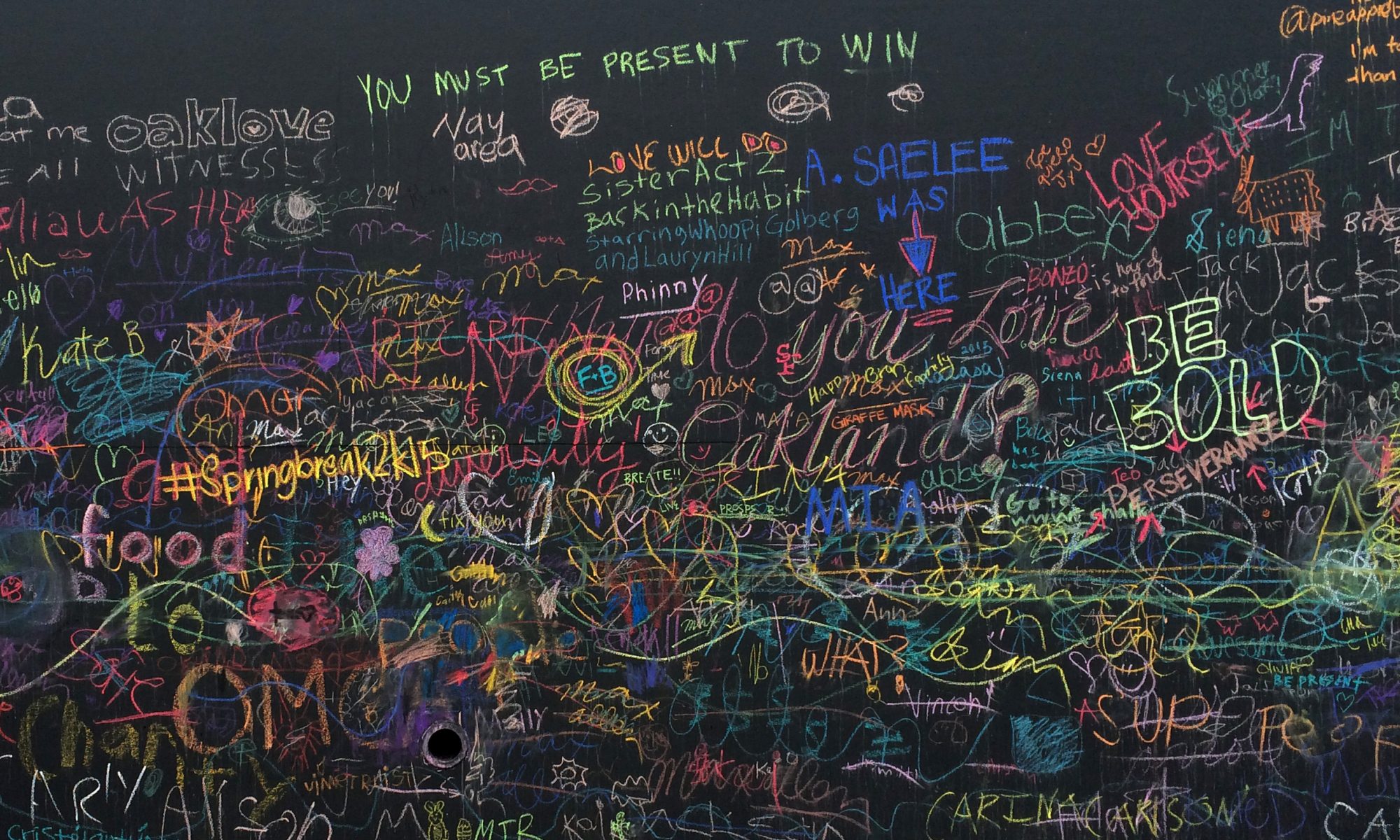
Sustainable Brands
In June I was able to attend part of the Sustainable Brands 09 conference in Monterey. Some conference highlights:
Corporate iguanas
My favorite moment of the conference came with the reference by Dev Patnaik to “Corporate Iguanas”. The reptilian brain has no empathy or social awareness, which leads reptiles to “treat each other like furniture” and eat their own. That certainly does sound like a few corporations I know.
People who need people
The social and organizational sides are often left out of the sustainability conversation, presumably because the environmental stuff is easier to measure and understand. However, People is indeed one of the 3 Ps so I was heartened to see Frito-Lay includes Talent as a major part of their sustainability strategy. Creating a sustainable organization relies on the ability to attract and retain the best employees.
Proverb from the Sun Chips guy
If you want 1 year of prosperity, plant corn.
If you want 10 years of prosperity, plant trees.
If you want 100 years of prosperity, educate people.
Apathy
Jez Frampton of Interbrand says 95% of customers would consider buying green products, but only 22% do — that’s the opportunity space. (I thought this was contradicted by another number that stated somewhere north of 10% actively refuse to buy green, so how can 95% consider it?) He also said only 42% of CEOs say sustainability is on their agenda and only 19% of boards say so. Nice to see the boards are taking their oversight responsibilities seriously. I was disappointed that Frampton’s discussion about expressing the lifetime impact of buying a BMW somehow stopped at ownership, overlooking end of life entirely.
Effecting change
At the end of day 2, I finally saw a system map! (I have an unnatural love of system diagrams and process graphics.) A consultant working with Starbucks brought together all the coffee cup stakeholders, from Dow through the municipal recycling facility, and familiarized them with each other and how they interconnect. An important takeaway was that even though there may be parts of the system that have a larger impact, the party that feels the pain is the one who will make the change. In this case, it’s Starbucks that is doing the work because it benefits from or is punished by the sustainability PR.
Familiar faces
It was nice to be at a conference where I know people! The MBA in Design Strategy program was well represented by our program chair, Nathan Shedroff, who was speaking, plus another instructor and a big handful of our guest lecturers. This conference was a very friendly bunch, much more so than design conferences I have attended, and our program gave me a good opening to talk with strangers.
The speaker from IDEO, Owen Rogers, seemed familiar and I realized we were at a workshop together in Kansas City 7 years ago! That workshop was one of my first encounters with Nathan, too.
Olivetti
 These vintage typewriter ads for Olivetti (shown above) just blow me away. They are such lovely, illustrated compositions, so different from the full page photo + headline ads of today. Italians certainly know how to design beautiful things, in this case not only the machine but also the ads for it. Illustration is becoming a lost art.
These vintage typewriter ads for Olivetti (shown above) just blow me away. They are such lovely, illustrated compositions, so different from the full page photo + headline ads of today. Italians certainly know how to design beautiful things, in this case not only the machine but also the ads for it. Illustration is becoming a lost art.
Something I like especially about the Olivetti ads is the focus on the typewriter itself and its functions as art. Showcasing industrial design in this way was unusual. An added bonus is this approach kept the ads from becoming dated in the way so many of its competitors’ ads were, with their appeals to the vanity and simple-mindedness of women.
Of course, this kind of gender bias was par for the cultural course at that time. In the first episode of Mad Men, Joan shows Peggy her desk and remarks that the typewriter looks complicated but that’s it’s so easy a woman can use it. The funny thing is, they have the wrong motivation but the right result — an office machine should, in fact, be designed so that anyone can easily use it.
Leadership by Design(ers)
We’ve finished our first year on the Design Strategy MBA program! It’s hard to believe. In December I wrote a post for Triple Pundit making the case for how thinking like a designer has a lot in common with being a good leader. It seems like a fitting end to the school year to re-post it here.
The business world has started to recognize something I’ve thought for a long time — designers have exactly what it takes to be great leaders. Here’s why:
We turn vision into reality.
Arguably the most powerful design skill (and the most underestimated, even by designers) is the ability to take abstract concepts and express them tangibly through visuals, messages, and models. We’re innovative at heart, and we bring the new and unusual to life in inspiring ways and show people things they couldn’t have imagined themselves.
We play well with others.
Designers work well independently, yet we also have the emotional intelligence and curiosity it takes to thrive in collaborative groups. We welcome input from those who will show us different perspectives, give us inspiration when we are stuck, criticize us when we can no longer see clearly, and push us to improve our work in ways we cannot achieve alone.
We see the big picture.
The best designers have a broad understanding of history, culture, and people, which gives us the perspective needed to see the long-range vision and give it context. We explore connections between unlikely things and weave those threads together into compelling stories that resonate.
We sweat the details.
I’ve never met a good designer who wasn’t obsessed with details! That level of attention can seem over-the-top, but consistent details are what provide the depth necessary to build up an idea and turn it into a rich, seamless experience.
We take work personally.
Regardless of what people say it’s rarely “just business”, especially when your business is creation. We are passionate about ideas, and the emotional investment we have in our work drives us to improve and learn constantly.
We are committed to sustainability.
Designers are on the front lines of the green revolution, perhaps because we have designed, built, and packaged so many wasteful things. Through communities like the Designers Accord, we are using our unique position to make a positive impact on the world.
Tone Deaf
 Recently I was astonished to see this Sherwin Williams logo, which I assumed old signage. Seriously, who in the world would think this logo is a good idea? I was wrong. This very old mark — which, to its credit, looks decades newer than its pre-1900 origins — is in fact still the approved Sherwin Williams logo. How have I never noticed this before?
Recently I was astonished to see this Sherwin Williams logo, which I assumed old signage. Seriously, who in the world would think this logo is a good idea? I was wrong. This very old mark — which, to its credit, looks decades newer than its pre-1900 origins — is in fact still the approved Sherwin Williams logo. How have I never noticed this before?
It’s easy to imagine an ambitious young paint company loving the original idea: “Wouldn’t it be great if we could paint every building in the world with our revolutionary standardized paints?” But in the current context of environmental awareness, the intent is overshadowed. Even if you overlook the bloodiness of the paint they are still, quite literally, pouring toxic paint over the earth.
Paint that ends up down drains and in landfills is a hazard to environmental health and water supplies, and this image gives the worst possible impression of their attitudes towards corporate responsibility. I can hardly grasp what must be flat-out stubbornness behind the decision to stand by this logo. More companies should honor their brand history, but this is simply an absence of good sense.
In branding, your intentions don’t matter; what matters is what people perceive. Sherwin-Williams has a statement defending the mark and their sustainability initiatives, but refusing to acknowledge public perception is a colossal branding misstep.
Is Branding Dead?
Branding is a term I struggle with. My definition is out of step with mainstream usage that I know I’ll be misunderstood, yet I don’t know what else to call it.
Recently Bruce Temkin of Forrester spoke at Adaptive Path’s MX 2009 and he said that “brands are dying”, meaning companies are failing to sufficiently embed their brand into customer experiences. He followed this up by saying this offers an opportunity for companies better integrate their branding to swoop in and grab customers.
While I agree with him, I am still dismayed that he only mentions customer touchpoints. What’s nearly always missing from the brand experience conversation are the importance of non-consumer brand touchpoints — for example, community relationships and internal HR policies — that also play a role in shaping how your company is perceived. One of the few voices I hear echoing this is Marty Neumeier, who calls it Invisible Branding.
To me, true brand alignment means that every single decision you make, even those you think don’t matter, must be consistent with your values, goals, and strategies. To do this, you need to put brand experience and strategy at the core of an organization, driving all decision-making. Wanting to be the person who can accomplish this is the reason I decided to get an MBA.
But what do I call this? Is this brand management, or is it simply business strategy at this point?
Optimism
Certainly it’s impossible not to be buoyed by the inauguration of a historic President who has wasted no time in trying to set things right. President Obama’s election has given me reason to hope we are not, perhaps, completely doomed after all. He enters office along with the Chinese Year of the Ox, a sign we both share. The symbolism of an Ox ascending as a Rat leaves is not lost on me.
More personally, the new semester has brought me renewed faith in the DMBA program and in my professional future. Last semester I was questioning the program and what I was getting out of it, but the new courses have re-energized me. These are exactly the subjects I entered the program for — experience and meaning, business models, leadership, and sustainability — and I’m thrilled with the instructors, too. Honestly, I just can’t stop smiling. It’s been a long time since I felt that way.
One of the most inspiring things right now is watching my cohort, seeing so many minds come alive with the idea that we can change business to be more personal and creative. In our leadership class, we are discussing Obama as an example of a new kind of leader, one that is outwardly focused and emotionally intelligent, driven to cultivate a greater good rather than personal glory. It’s probably not fair to say this is new, but it is one we haven’t seen promoted in the business world. For me, this model of leadership is a lot like being a parent: Your job is to create an organization so healthy and self-sufficient that it thrives after you are gone, and you hope it will grow even stronger and more successful than you.
I don’t know if I can be this leader, but I know this is the leader I want to follow.
The photo above, from the inauguration of President Obama, was taken by Vinitha Watson, a fellow pioneer in the Design Strategy MBA program at CCA.
Don’t Litter!
 Why is it that people have to be told not to litter?
Why is it that people have to be told not to litter?
A CCA grad student created a small set of installation pieces, evidently as a statement against cigarette-butt litterbugs. In this scene, a series of little clay men carry inappropriately discarded butts from the base of a tree, across the concrete, up a ladder, finally depositing them in an ash tray on a bench. In another scene, the red figures have erected a fence around a storm drain, drawing attention to the “No Dumping” signs.
Farmers Markets
 I’m constantly amazed at how incredible California produce is and I am glad to see small-scale farming and artisan food is making a comeback.
I’m constantly amazed at how incredible California produce is and I am glad to see small-scale farming and artisan food is making a comeback.
For my Innovation Studio class, my team is researching people, food, and how they come together. As I created a “deconstruction” of the food domain, I realized how much food creates meaning in our lives. There is a deep social and community component to food (see: Slow Food) and the resurgence of buying straight from farmers expands this relationship beyond our families and neighbors to include a connection to the land and to the people who toil to feed us. I’m thrilled to live in a place and time fighting so hard to bring back biodiversity and support sustainable family farms. It will mean higher prices, in a time when we many can least afford them, but the environmental and societal cost of our current corporate farming system is even higher.
All about the O
 I’m in awe of Barack Obama’s campaign identity. I have never seen a political identity this sophisticated — it’s simple, well-rendered, and somehow it manages to turn an American political cliché of a sun rising over farmland into good design! That’s remarkable on its own, but the flexibility this one little mark has provided is astonishing. There are versions for every state and every group and they have plastered it on every available surface on the official site, and somehow it all works together cohesively and attractively. I think it’s a great idea to let the mark itself morph substantially for the iterations; the payoff of individuality overcomes any risk of lack of consistency.
I’m in awe of Barack Obama’s campaign identity. I have never seen a political identity this sophisticated — it’s simple, well-rendered, and somehow it manages to turn an American political cliché of a sun rising over farmland into good design! That’s remarkable on its own, but the flexibility this one little mark has provided is astonishing. There are versions for every state and every group and they have plastered it on every available surface on the official site, and somehow it all works together cohesively and attractively. I think it’s a great idea to let the mark itself morph substantially for the iterations; the payoff of individuality overcomes any risk of lack of consistency.
